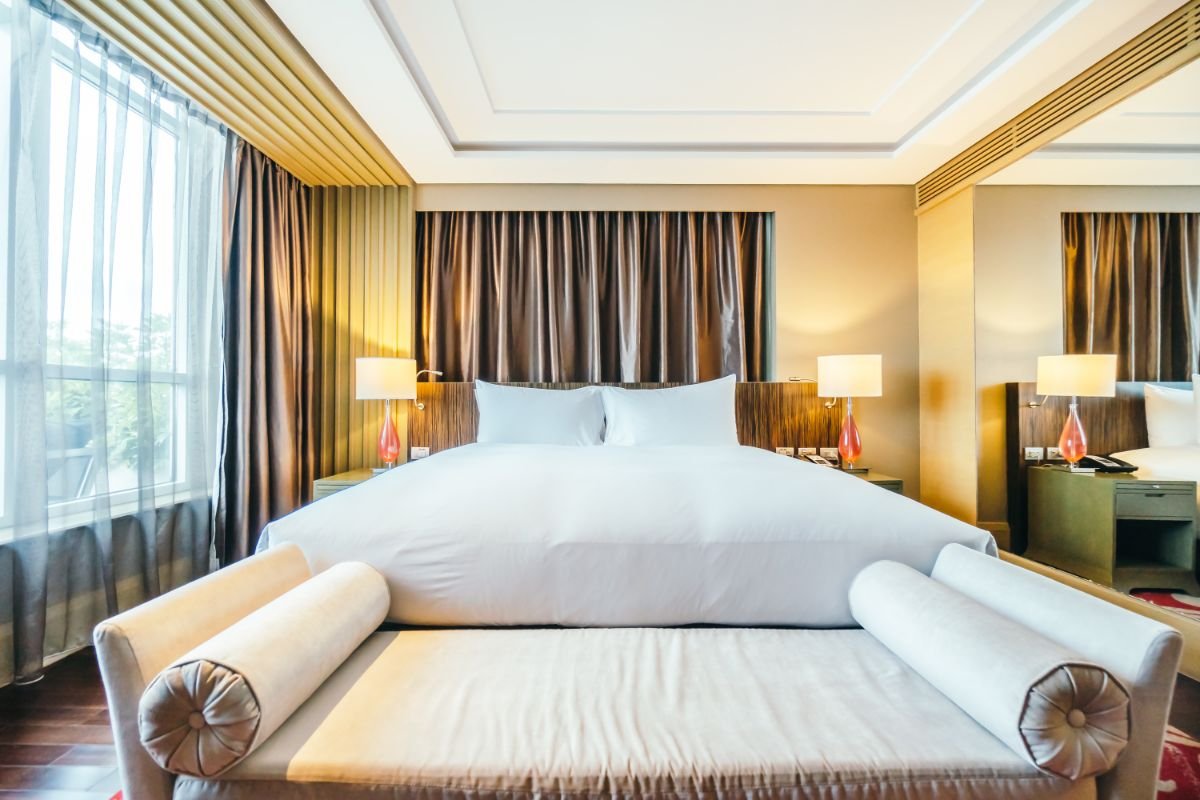Boutique hotels have become synonymous with individuality, offering guests experiences that stand out from the cookie-cutter chains. As architects push the boundaries of design, these hotels are evolving into creative havens that blend character, technology, and sustainability. In this article, we explore innovative ideas and inspirations for designing boutique hotels that captivate and delight.
1. Embrace Uniqueness
Everyone remembers a boutique hotel depending on the vibe it sends. In an era where travelers crave novelty and memorable experiences, your hotel’s design should reflect its unique character. Imagine a space where each detail tells a story—be it through avant-garde architecture, eco-friendly features, or historical elements woven into the design.
For instance, consider integrating smart technology that enhances the guest experience in ways never before seen. Alternatively, explore the concept of a self-sustaining hotel, where off-grid solutions and green practices are at the core.
2. Create Instagram-Worthy Spaces
In today’s digital age, social media plays a crucial role in shaping hotel popularity. Design elements that encourage guests to snap and share can significantly boost your hotel’s visibility. Invest in eye-catching interiors, striking art installations, and creatively designed public spaces that invite photos.
According to hotel architects, Spaces such as vibrant lobbies, themed gardens, and interactive walls not only enhance the guest experience but also serve as powerful marketing tools.
3. Focus on Wellness and Luxurious Bathrooms
Modern travelers prioritize well-being and relaxation. Design luxurious bathrooms that serve as personal retreats with features like waterfall showers, oversized bathtubs, and high-end toiletries.
Integrate wellness elements throughout the hotel—offer yoga classes, meditation sessions, and health-conscious dining options. Hotels like the Silo in Cape Town and the Areias Do Seixo in Portugal demonstrate how bathrooms and wellness facilities can become major attractions, providing guests with an indulgent and rejuvenating experience.
4. Transform Lobbies into Multifunctional Spaces
The traditional hotel lobby is evolving from a mere check-in area to a vibrant, multifunctional space. Utilize creative zoning techniques to differentiate areas for work, relaxation, and social interaction. This transformation, seen in places like the Relais de Chambord in France and Headlands Coastal Lodge & Spa in Oregon, not only enhances functionality but also fosters a more relaxed and engaging atmosphere for guests.
5. Infuse Local Culture
Guests today are looking for authentic local experiences. Reflect the culture and heritage of your location in your hotel’s design. Use local materials, showcase regional art, and offer cuisine that highlights local flavors.
Design your hotel’s interiors to resonate with the local environment, creating a sense of place that enhances the overall guest experience. For example, Casa Angelina on the Amalfi Coast beautifully incorporates local elements into its design, making every stay feel like a genuine immersion into the region.
6. Prioritize Sustainability
Environmental responsibility is increasingly important to travelers. Incorporating sustainable practices into your hotel design not only attracts eco-conscious guests but also contributes positively to the planet. Focus on energy-efficient systems, water conservation, and waste reduction.
Consider how hotels like Fogo Island Inn in Canada and Aquila Eco Lodges in Australia seamlessly blend luxury with green practices. They demonstrate that it is possible to achieve sustainability without compromising on comfort or style.
7. Cater to Leisure Travelers
Offer high-speed Wi-Fi, well-equipped workstations, and versatile meeting rooms to accommodate business needs, while also providing relaxing common areas and recreational facilities.
The Fairlane Hotel in Nashville is a prime example, with its mid-century modern design and well-thought-out workspaces that cater to bleisure travelers. The communal work tables and stylish lobby ensure that guests can effortlessly balance work and relaxation.
Conclusion
Designing boutique hotels involves more than just creating aesthetically pleasing spaces; it’s about crafting experiences that resonate with guests and set your property apart. By embracing uniqueness, leveraging social media trends, prioritizing wellness, transforming lobbies, infusing local culture, committing to sustainability, and catering to bleisure travelers, you can create a boutique hotel that stands out and leaves a lasting impression.
For the best results, work with top architects and the best architects who understand the nuances of boutique hotel design and can bring your vision to life with creativity and expertise. Embrace these innovative ideas and set the stage for a new standard in boutique hospitality.


